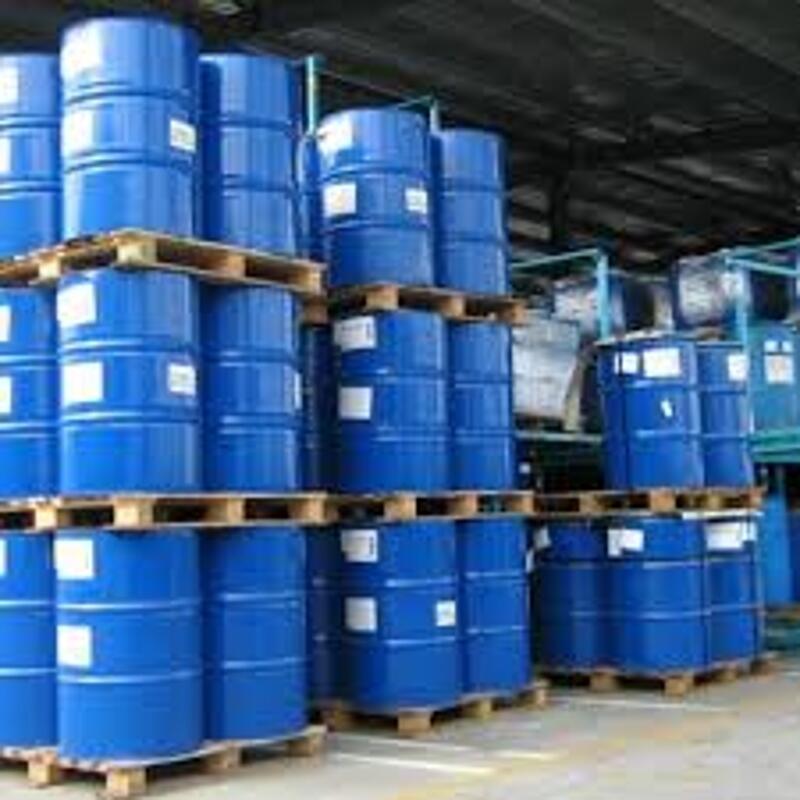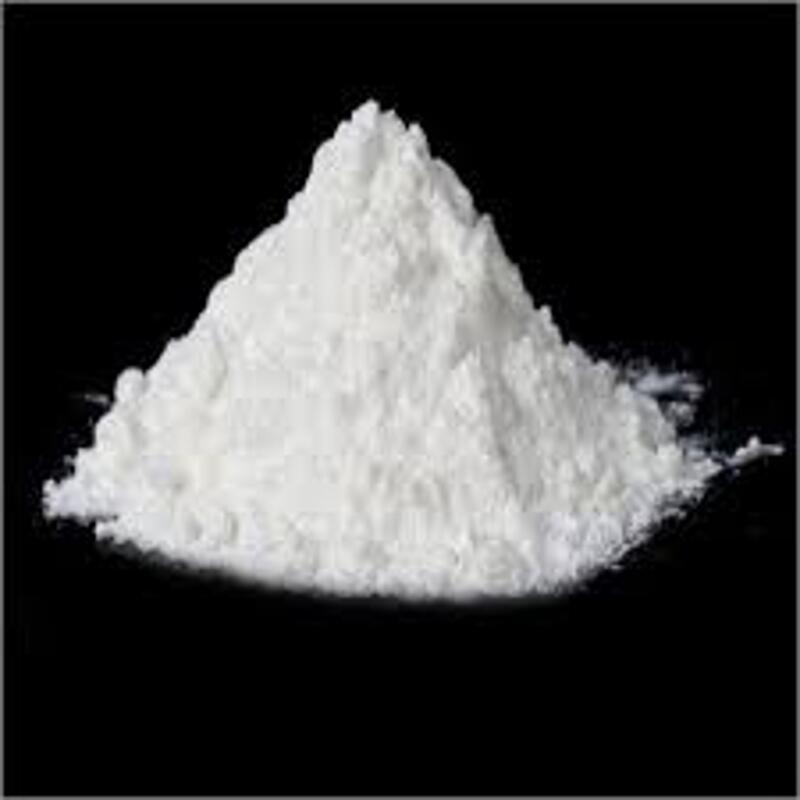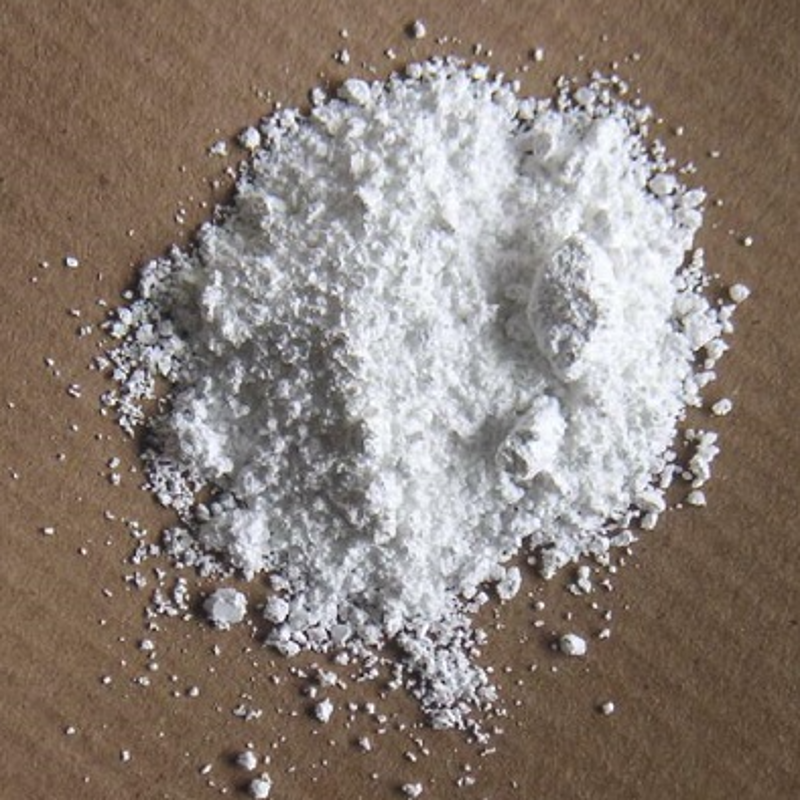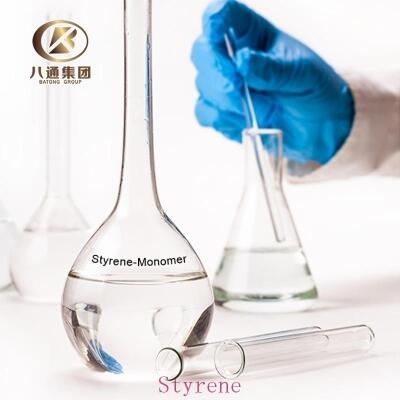The Global Pigment Market Size Will Reach 21.8 Billion US Dollars in 2026
The global pigments market size was estimated at USD 4.86 billion in 2018 and will grow at a CAGR of over 4.9% from 2019 to 2026.
Backed by a vast range of end-users, the potential of pigments is increasingly recognized by many chemical industry players. Widespread demand for corrosion inhibition and coloration in various expanding sectors such as paints and coatings, construction, printing inks, etc., has led to increased demand for high-performance specialty pigments.
In 2018, paints and coatings saw the highest demand for pigments, especially in architectural and automotive applications. With the development of 3D printing technology, the global printing ink industry has achieved unprecedented development in recent years.
In order to stay afloat in the fiercely competitive environment, certain pigment manufacturing companies are focusing on strengthening their product offerings to gain better market share. In August 2019, Tokyo-based chemical company DIC Corporation signed an agreement to acquire the global pigments business of German company BASF, also known as BASF Colors & Effects. The deal aims to expand DIC's product portfolio as a pigment manufacturer. DIC aims to increase its sales target to 8 billion euros by the end of 2025 after the acquisition.
Extensive use of plastics in various fields
According to the European Plastics Trade Association, plastic production increased from 245 million tons in 2006 to more than 348 million tons in 2017. The increasing demand for plastics due to their low cost and light weight has driven the demand for pigments in the plastics industry.
In 2017, China was seen as a major consumer of plastics, with a market share of over 29%. This is due to improved economic conditions and the subsequent rise of industrialization and the need for cost-effective production of plastics in the country.
Limit the use of plastic
In developed regions such as North America and Europe, growing awareness of the need to protect the environment and the harmful effects of using plastics has largely limited its use. Various sectors are committed to using biodegradable and sustainable alternatives.
The advent of organic pigments
Organic pigments are widely recognized around the world for their sustainability. Growing awareness of the need to protect the environment and strict government regulations on the use of chemical-free products are driving the demand for these compounds.
In the food industry, due to the presence of toxic elements in certain pigments such as lead- and cadmium-based, regulatory agencies have imposed strict regulations on the use of pigments. For example, the U.S. Food and Drug Administration (FDA) regulates the use of ink as a food supplement in fruits and vegetables, chewing gum, tablets, and candy under 21 CFR Section 73.1.
The regulation also stipulates that the use of inks in food packaging in the form of additives must not compromise product quality and must be considered safe. This complements the demand for organic pigments in the food sector due to safety. However, the high price of organic pigments may affect the development of the industry over time.
Looking for chemical products? Let suppliers reach out to you!
-
Paint & Coating Industry Overview Mar.2025
This issue provides analysis of the European and German coatings markets, as well as the latest monthly reports and price trends of coatings-related chemical raw materials. Support online permanent download.Published in: Mar.2025
Trade Alert
Delivering the latest product trends and industry news straight to your inbox.
(We'll never share your email address with a third-party.)
Related News
-
Sudarshan Chemical Has Achieved Financial Growth with Its Pigments Division and Has Become a Potential Investment Target
-
Global Pigment Market to Reach $40 Billion
-
Affected by the coronavirus, the pigment market is expected to recover
-
What is Cellulose Ether?
-
Narrow rise of domestic pure benzene market on April 20
-
International Giants Cross-Border into the Paint Industry and Complete the Acquisition of the World's Top 30 Paint Companies
-
Introduction to styrene: January 6: weak shock in domestic styrene market
-
Total investment of 5.08 billion! Projects such as bisphenol A and epichlorohydrin are progressing in an orderly manner
-
Asahi Kasei to Increase Lithium-Ion Battery Separator Coating Capacity
-
US MMA market likely to benefit from Sherwin-Williams expected growth in paints
Recommend Reading
-

Brazil's chemicals trade deficit narrowed 8.7 per cent year on year
-

Brazil's monthly ethanol production hits new high
-

Customs seized 5 tons of dangerous chemicals falsely declared for export
-

The price of polyvinyl chloride has been a black horse in plastic industry
-

Introduction to toluene: the domestic toluene market fluctuated on April 20
-

South Korea SK launched the world's largest blue hydrogen project
-

US FDA Issues Alert: High Lead Levels Detected in Baby Fruit Puree
-

2019 World Top 20 Agriculture: China Ranks Second
-
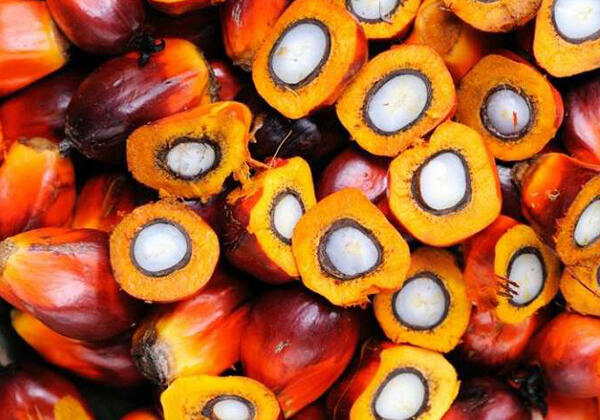
Global Commodities Plunge, Oil Market Funds Pull Out Early
-

US $300 billion tariff increase to China will be counteracted by China





